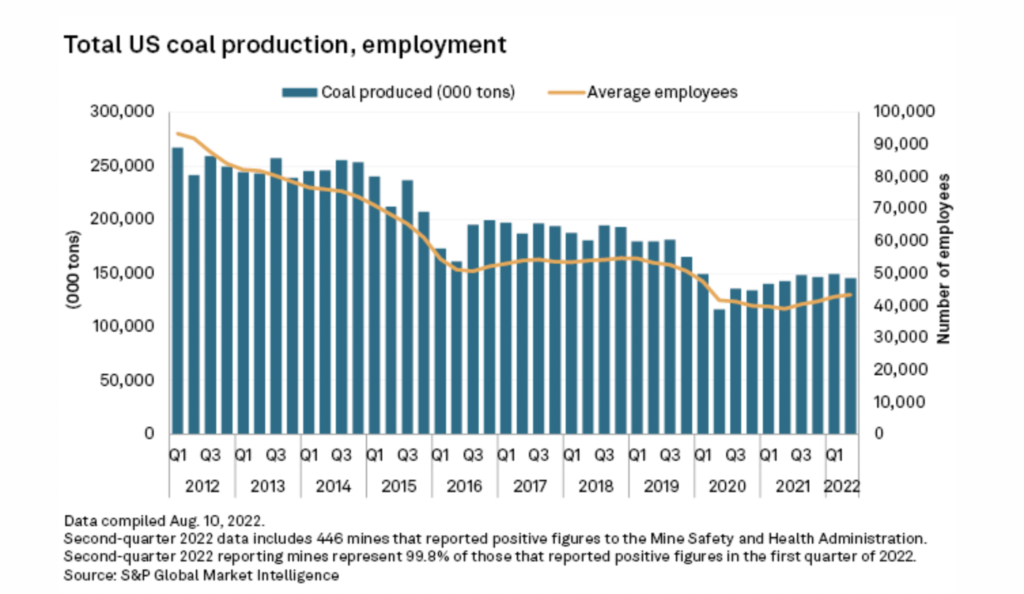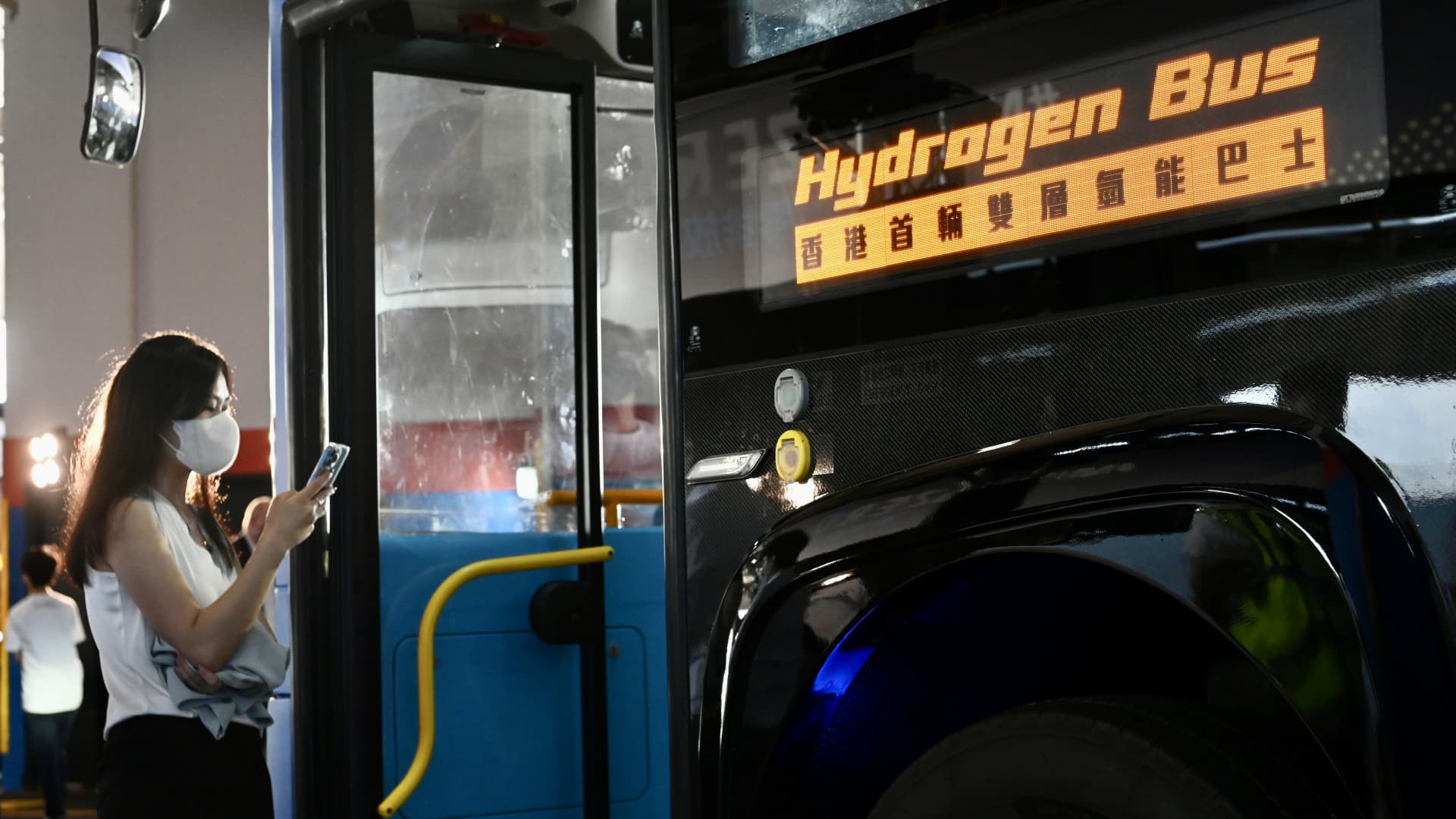Tsunami-Engulfed Fukushima Prefecture Is The Target Of An EV Transport Program

The world knows of the coastal towns of Sendai and Fukushima because of the event of March 11, 2011. A magnitude 9 earthquake off the coast of Sendai sent the waters of the Pacific Ocean inland to the Japanese island, engulfing several towns and damaging the Fukushima Daiichi Nuclear Power Plant with a massive wave of water up to 50 feet high, causing meltdowns in three reactors.
Today, 11 years later, the Fukushima prefecture government has shifted itself from being a nuclear power plant location to a leader in renewable energy development. This occurred as a lot of the areas within the town have remained abandoned lands due to radioactivity that spilled from the damaged nuclear power plant.
When the Fukushima prefecture renewable energy program started 3 years after the disaster, it set a goal of 100% renewable power by 2040. Today about 40% of its power currently comes from 11 solar farms and 10 wind farms on contaminated or abandoned lands. A total of $2.75 billion has so far been spent on renewables to achieve this carbon neutrality and “no nuclear power” goal.
Last July 19, Commercial Japan Partnership Technologies Corporation (CJPT) president Hiroki Nakajima announced a social implementation of an energy management system in the Fukushima Prefecture by January 2023, to promote the widespread use of electrified vehicles. This program was to eventually seep into Tokyo.
The idea of a widespread (the target is 100% electric vehicles) is inline with the Fukushima Revitalization Plan, which was aimed at “creation of a society that is safe and secure, and can continue to develop without depending on nuclear power.” During the town’s reconstruction phase, renewable energy was central in its development plan, to fully utilize areas damaged by radioactive waste, which were considered to be unusable “for hundreds of years.”
Thus the Fukushima Renewable Energy Promotion Vision target of “having 100% of demand for energy being met with renewable energy by around 2040.” The programs include the acceleration of the creation of related industries to become a “leading region” for renewable energy.
It is not hard to see why the CJPT chose Fukushima to pilot its social implementation plan for commercial vehicles.
“Commercial electrified vehicles will be introduced in this social implementation project, including heavy-duty fuel cell electric trucks (heavy-duty FC electric trucks) for main line transportation and mini-commercial van electric vehicles (mini-commercial van BEVs) for last mile deliveries. In addition, energy management integrated with commercial vehicle operation management will lead to reductions in overall burden on society and CO2 emissions,” the CPJT said in a statement.
Since April 2021, CJPT has been considering initiatives at logistics sites such as Fukushima to contribute to achieving a carbon neutral society and reduce the burden on drivers and workers. By accelerating the spread of CASE — an acronym the group uses meaning “Connected” cars, “Autonomous / Automated” driving, “Shared,” and “Electric.”
In order to promote the widespread use of electrified vehicles, consignors, logistics businesses, infrastructure providers, automakers, and other related partners must come together to address sustainability by taking a practical approach. As a result of repeated discussions with many people in various industries, it was decided to begin social implementation projects in Fukushima and Tokyo.
Through this initiative, CJPT will increase the movement toward carbon neutrality of the whole society and, together with its partners, take on the challenges it is facing as opportunities for industrial development and the strengthening of international competitiveness.
This social implementation, which aims to commercialize an energy management system and operate it in the real world, is partly executed as the “Green Innovation Fund/ Building Smart Mobility Society,” a project subsidized by the New Energy and Industrial Technology Development Organization (NEDO), a national research and development agency.
The CJPT also understands that the introduction of commercial electric vehicles imposes a burden on users, not only in terms of vehicle purchase, but also in terms of downtime for cargo and vehicles due to recharging (and hydrogen filling) as well as an increase in peak electricity demand at business sites due to uneven recharging timing.
This is the reason why the whole program involves the deployment of an energy management system integrated with operational management that links each vehicle used in the program to electric charging stations and hydrogen filling infrastructure. Depending heavily on operational management data to reduce downtime by optimizing remaining battery/hydrogen level of the vehicle and taking into account the charging amount and timing for electrified vehicles on the business sites and en route, while considering the power consumption of buildings as well as delivery plans to equalize the overall power demand on the business sites of consignors and logistics businesses.
The program can also encourage and support Fukushima companies in renewable energy, taking into full circle the renewable power generated with non-polluting electric vehicles. This program starts in January 2023 until the end of 2029 and will involve the deployment of nearly 600 electric vehicles of various sizes and with both pure battery and fuel-cell power sources.
Image via Wikipedia Commons, (CC BY 3.0 DE license)
Appreciate CleanTechnica’s originality and cleantech news coverage? Consider becoming a CleanTechnica Member, Supporter, Technician, or Ambassador — or a patron on Patreon.
Advertisement
 This post has been syndicated from a third-party source. View the original article here.
This post has been syndicated from a third-party source. View the original article here.



